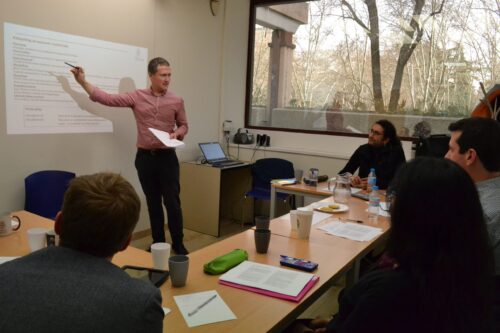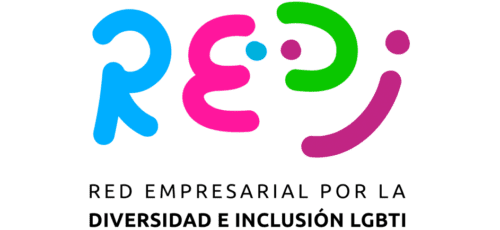Talleres sobre Dar Clases Individuales de Inglés en KT

Como Dar Clases Individuales: Taller de Profesores
Hemos comenzado el año aquí en King’s Training con una serie de talleres de formación para nuestros profesores enfocados en las clases de inglés individuales. Enseñar y aprender en una clase individual es una experiencia muy distinta a la de un grupo. Hemos investigado las siguientes áreas:
- Los distintos papeles del profesor en clase: ¿Cuándo hacemos el papel de Compañero de Conversación, Observador e Auditor, Proveedor de Feedback, Guía y Mentor o de Aprendiz? ¿Cómo podemos utilizar estos distintos papeles para mejorar la experiencia de nuestro alumno?
- La adaptación de materiales a la modalidad individual: ¿Qué sabemos del estilo de aprendizaje de nuestro alumno, sus necesidades y preferencias, y cómo impacta ese conocimiento en nuestro uso de materiales y actividades en clase? ¿Podemos convertir ese ejercicio de gramática en un juego de rol para adaptarlo al gusto de nuestro alumno para las actividades orales? ¿Quizás una persona visual sacará más provecho revisando el guion de una actividad de listening para concretar los objetivos de aprendizaje?
- Ideas de clase prácticas para tener un impacto real y abrir nuevas posibilidades de aprendizaje. A continuación hay un ejemplo en el papel de Compañero de Conversación:
- El profesor dicta unas palabras bastante básicas, como kind, loyal, dishonest, lie, help para que el alumno las coloque en una de las dos listas de la tabla abajo.
| Good boss | Bad boss |
- El profesor sigue con unas palabras más ambiguas, como strong, sad, problem, talk, argue para añadir a las listas.
- Se habla de los significados y elecciones de las palabras, ampliando opiniones y sentimientos sobre ellos. Se contrastan opiniones y experiencias de alumno y profesor.
- El alumno añade más palabras propias a las listas.
- Se utiliza la información para crear descripciones de buenos y malos jefes para una presentación o trabajo escrito.
Esta actividad es sencilla, estructurada, colaborativa, imaginativa, centrada en el alumno y genera lenguaje desde un proceso comunicativo entre alumno y profesor. ¡Por eso nos encanta!
En estos talleres hemos incrementado nuestros conocimientos sobre el tema, hemos practicado unas técnicas realmente útiles y compartido ideas entre nuestro experimentado, creativo y comprometido grupo de profesores!
Teaching One-to-One: Staff Workshop
We have started the year here at KT with a series of workshops for our teachers on the key area of one-to-one, or individual English class. Teaching and learning in a one-to-one class is a very different experience from a group! We focused on the following areas:
- Teacher roles in class: when are we a Conversation Partner, an Observer and Listener, a Feedback Provider, a Mentor and Guide or a Learner? How can we use these different roles to enhance the learner experience?
- Adapting materials for 1-1 use: What do we know about our student’s learning style, needs and preferences and how does that impact on our use of materials and class activities? Can that grammar exercise be presented as a role-play to appeal to our student’s keenness on speaking activities? Perhaps a visual learner will really benefit from an audio script analysis after a listening activity to cement learning outcomes…
- Practical class ideas to really create an impact and open up new learning possibilities. Here is an example in the role of Conversation Partner:
- The teacher dictates some fairly easy words, like kind, loyal, dishonest, lie, help for the student to put into one of the lists in the box below.
| Good boss | Bad boss |
- The teacher continues with some more ambiguous words, like strong, sad, problem, talk, argue to add to the lists.
- Discussion of words and choices between one list or the other, extending into feelings and opinions about the words. Contrast teacher and student opinions and experiences.
- Student adds more of her own words to the lists.
- The information is used to create descriptions of good and bad bosses for presentation or written work.
This activity is simple, structured, collaborative, imaginative, student-centred and generates language from a communicative process between student and teacher. That’s why we love it!
During the workshops we raised awareness of the issues involved, practiced some really useful techniques and shared ideas among our experienced, creative and committed group of teachers!






